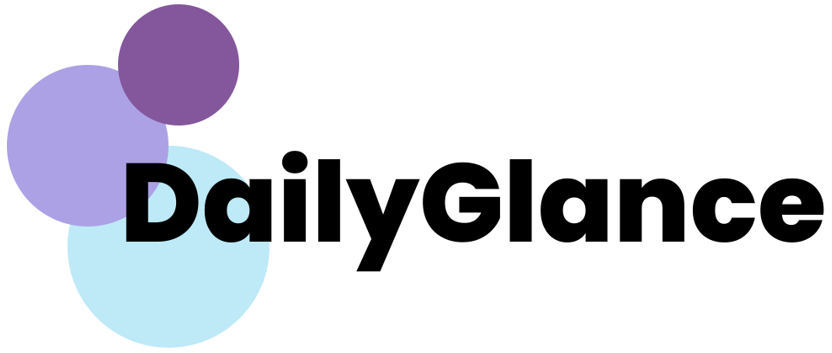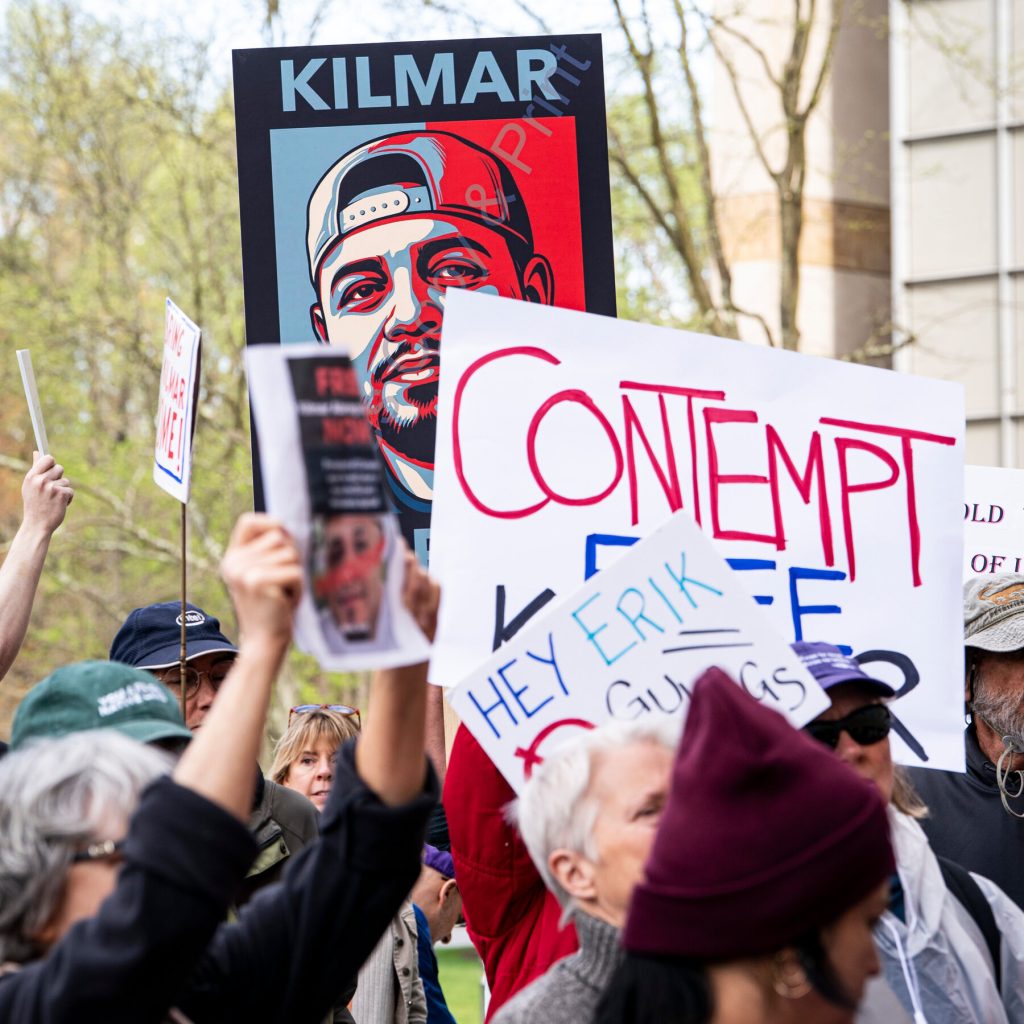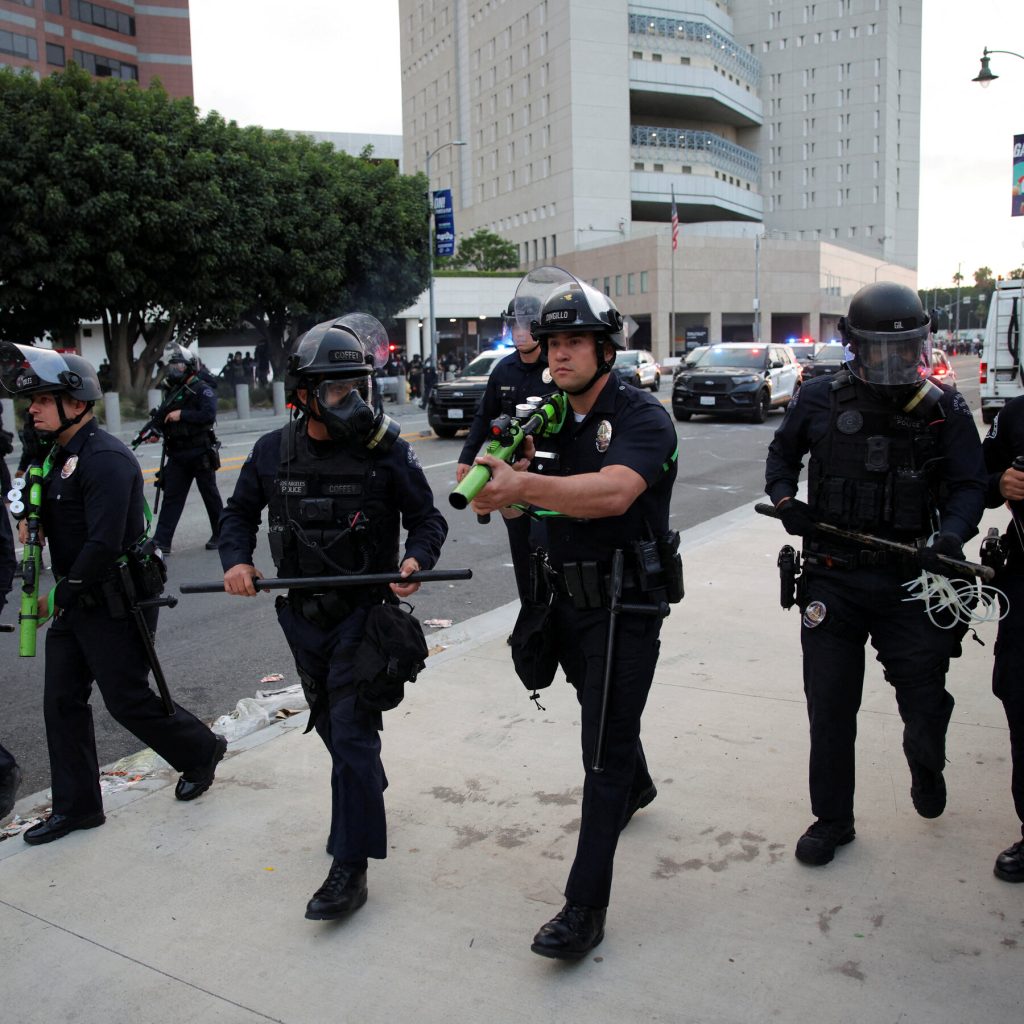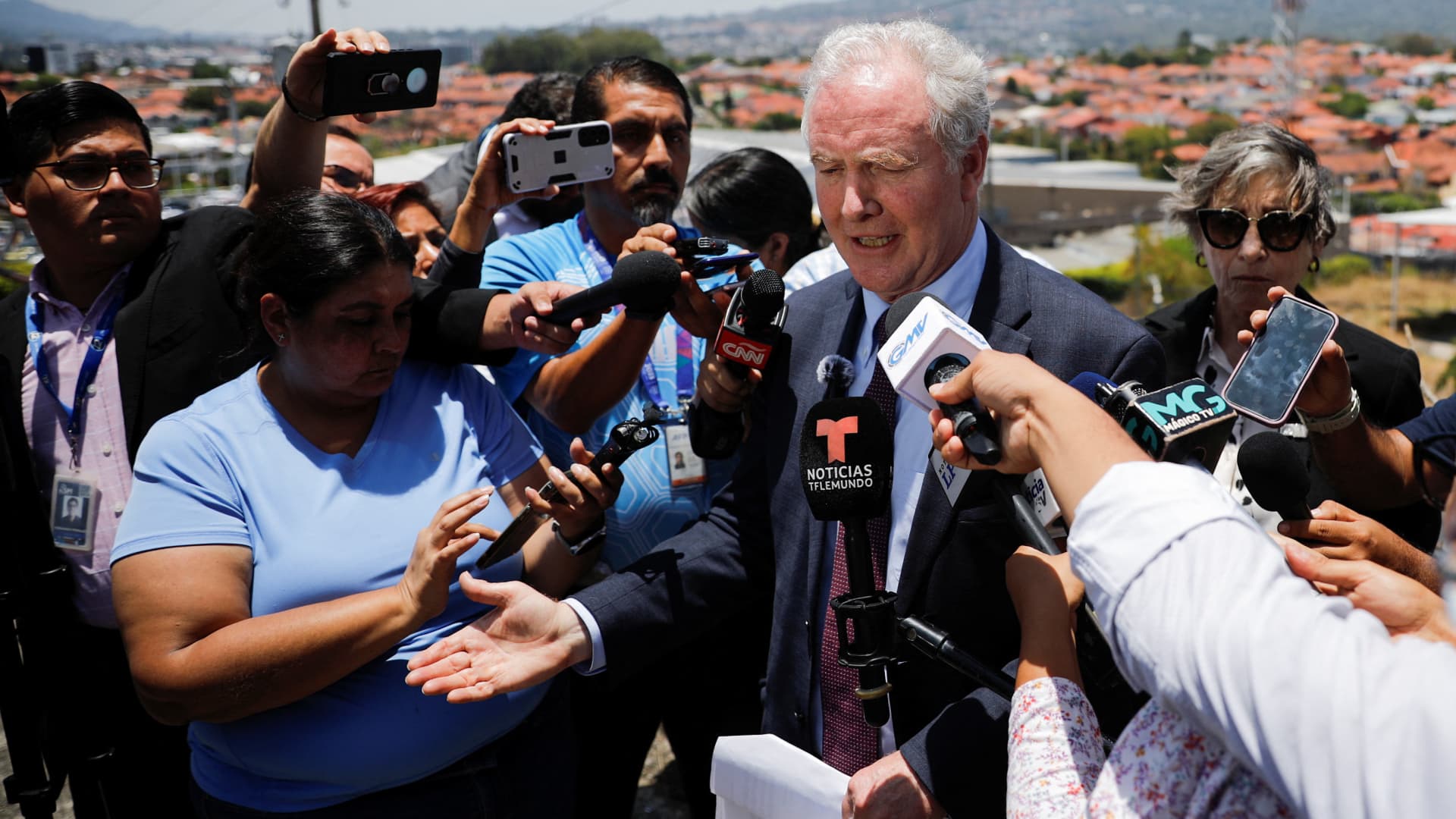Now Reading: Trump tariffs push Asian trade partners to weigh investing in massive Alaska energy project
-
01
Trump tariffs push Asian trade partners to weigh investing in massive Alaska energy project
Trump tariffs push Asian trade partners to weigh investing in massive Alaska energy project
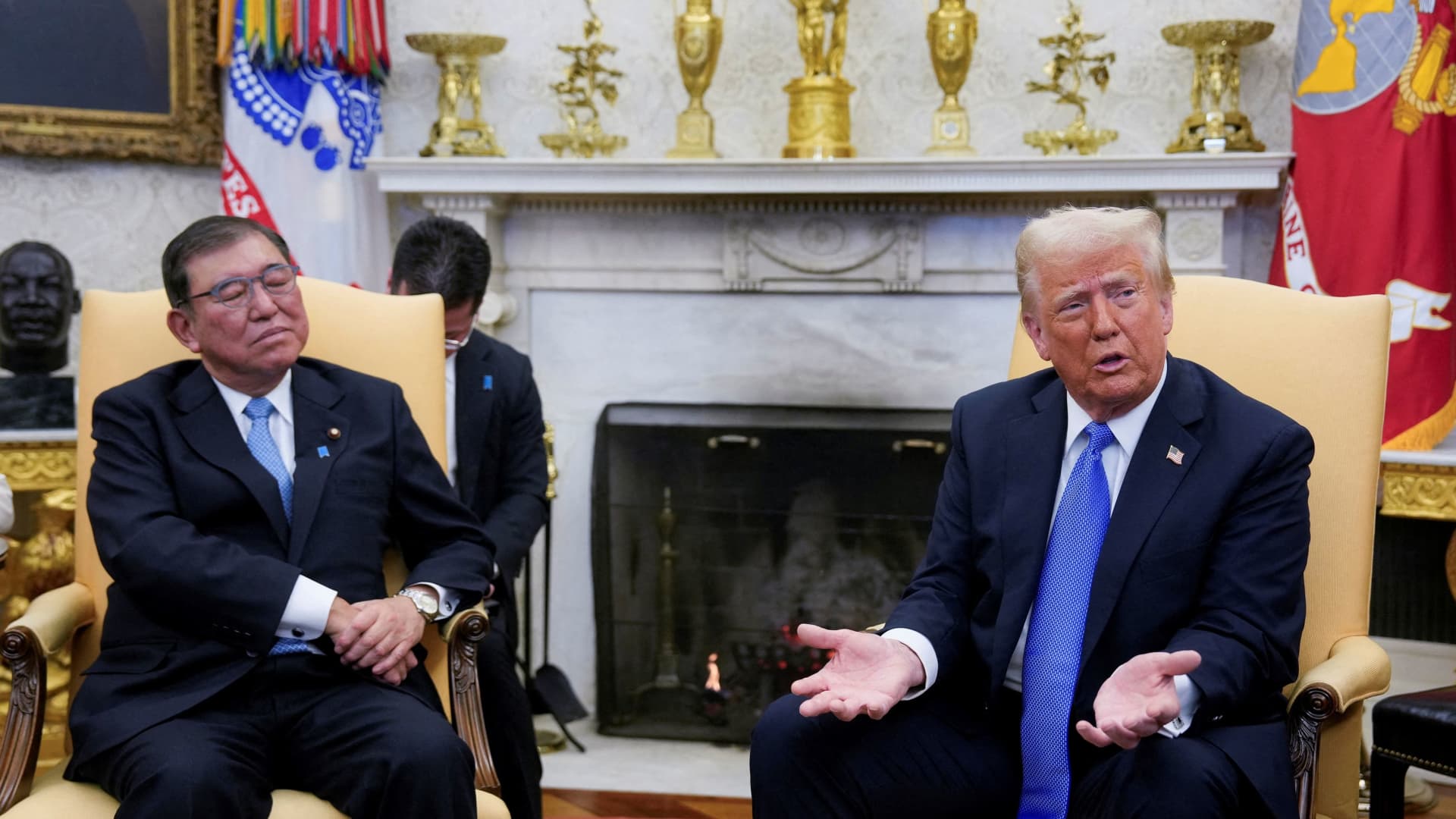
Japan, South Korea, and Taiwan are contemplating investing in a substantial natural gas initiative in Alaska to facilitate trade negotiations that would meet requirements from President Donald Trump and sidestep hefty U.S. tariffs on their exports. The Alaska LNG project, which has been in the works for years with a price tag exceeding $40 billion, aims to construct an 800-mile pipeline from the Arctic Circle’s North Slope to the southern Cook Inlet for exporting gas to Asia. The project, now gaining traction, is being endorsed by Trump as a national priority. Treasury Secretary Scott Bessent mentioned that the liquefied natural gas (LNG) project could prove crucial in trade discussions with South Korea, Japan, and Taiwan.
Brendan Duval, CEO of Glenfarne Group, the project’s lead developer, disclosed that Taiwan’s CPC Corp. has shown interest by signing a letter of intent to purchase six million metric tons of gas from Alaska LNG. Duval highlighted the importance of potential agreements with South Korea, Japan, and Taiwan in helping Trump achieve his objective of reducing the U.S. trade deficit. The project involves three main components: the pipeline, a gas processing plant on the North Slope, and a facility for gas liquefaction at Nikiski, Alaska. Governor Mike Dunleavy estimates the costs of these facilities at around $12 billion, $10 billion, and $20 billion, respectively.
The project is poised to produce 20 million metric tons of LNG annually, contributing significantly to U.S. LNG exports. The Trump administration views Alaska LNG as a strategic venture, aiming to bolster U.S. energy production and exports. Despite potential challenges such as cost, complexity, and political risks, there is confidence in the project’s commercial viability without the need for government subsidies. With the backing of the U.S. president and the interest of Asian allies, the Alaska LNG project is viewed as a promising endeavor in the evolving landscape of geopolitical alliances and trade dynamics.
